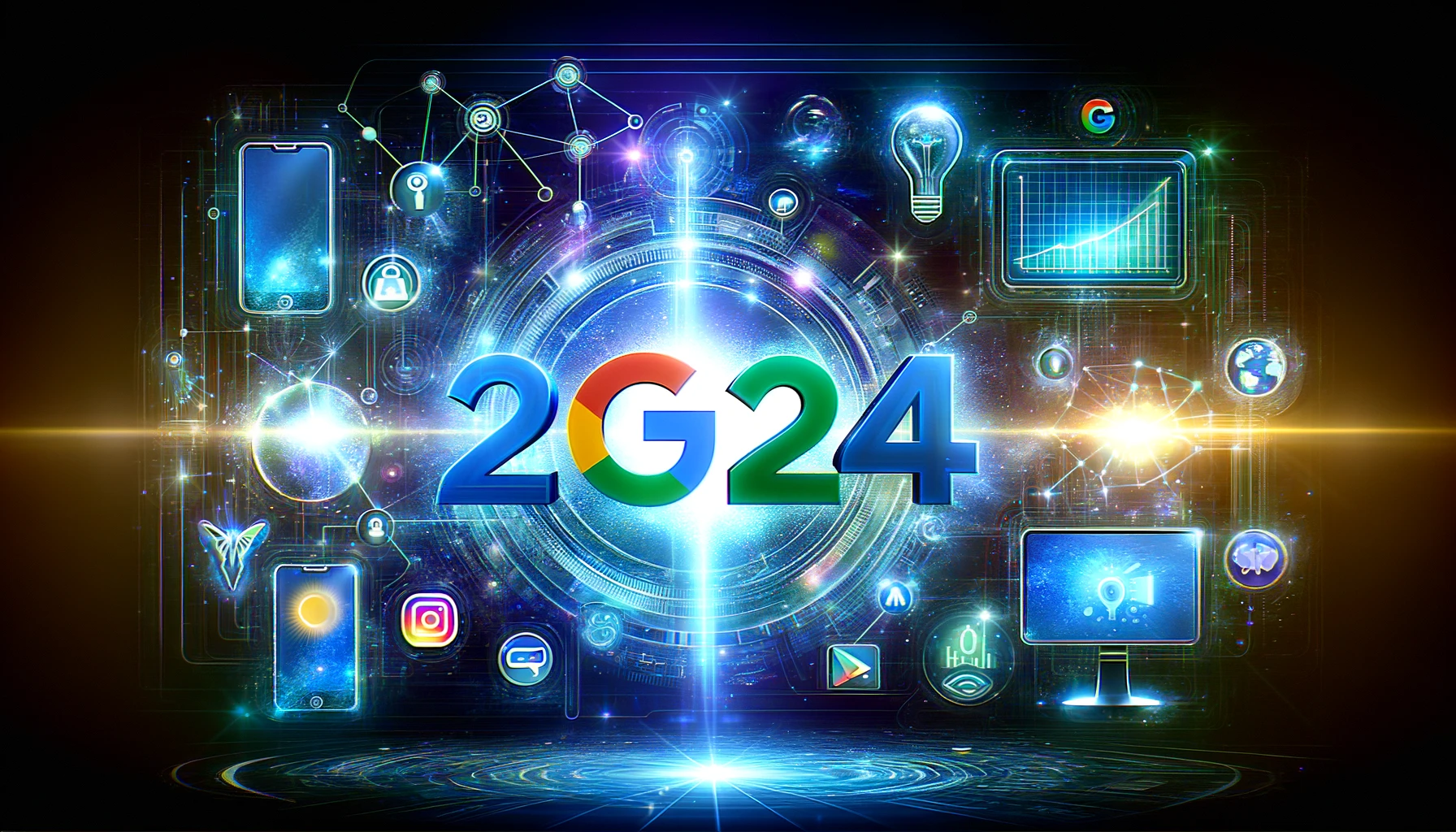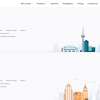Google Ads is in a constant state of evolution, with advertisers gaining access to a growing array of AI tools while also experiencing shifts in attribution models and numerous platform updates over the past year.
As we step into a new year, it’s essential for advertisers to stay informed about Google Ads trends and predictions to maintain their success amidst these ongoing changes.
Here, we’ll delve into the key Google Ads trends predicted to shape the landscape in 2024:
1. Increased AI-Powered Features
AI and machine learning tools have already started to transform the landscape of paid search campaigns. In the upcoming year, we can expect even more advanced automated bid strategies, enhanced audience targeting, and semi-autonomous ad creation. Predictive analytics will enable advertisers to anticipate consumer behavior, optimizing campaigns for improved results. This evolution is closely tied to the introduction of Google Analytics 4 (GA4) and Google’s focus on data-driven attribution models.
- Semi-autonomous ad creation: Google is actively promoting its Performance Max (PMAX) campaign type, which allows advertisers to access Google’s entire ad inventory (YouTube, Search, Discover, Gmail, and Maps) within a single campaign. While text assets currently rely on advertiser input, we can anticipate the development of AI-generated imagery in the near future. This will simplify the process of testing multiple ad copy variations, suggesting keyword inclusions based on search trends, and optimizing visual elements for maximum engagement.
- Enhanced audience targeting: AI-driven platforms, including Google Ads with Performance Max and expanded keyword match types, are set to double down on audience segmentation. By analyzing users’ search histories, website interactions, and social media behaviors, these platforms will predict user intent with remarkable accuracy. This will enable ads to be displayed to users more likely to convert, taking automated bid strategies to the next technological level.
- Predictive analytics in campaign optimization: Rather than relying solely on past data, AI will empower proactive campaign management through predictive analytics. By evaluating past campaign performance and current market trends, AI can forecast potential challenges or opportunities in future campaigns, allowing marketers to adjust strategies in anticipation.
- Continuous learning and improvement: AI’s power lies in its ability to continuously learn and refine itself with every piece of data it encounters. In paid search, this means AI-powered tools will become more attuned to an advertiser’s goals and the nuances of the target audience over time. Expect further advancements and promotions from Google regarding this feature, as AI-driven campaigns become smarter, more responsive, and more effective, shifting the marketer’s role toward strategic decision-making and creative endeavors.
2. Automation and Smart Bidding
Automation in ad creation and audience targeting will gain prominence in various campaigns. Smart bidding strategies such as Target CPA and ROAS will continue to be favored, harnessing AI for efficient campaign optimization. These strategies have already proven effective and are expected to improve as AI technology evolves.
3. Emphasis on Broad Match
Google is actively encouraging advertisers to use broad match more extensively, relying on smart bidding and AI’s adaptability over time. This shift challenges the traditional approach of refining campaigns with specific match types and negative keywords to focus on specific queries. Transparency in campaign control is diminishing in favor of AI-driven optimization.
4. Growth in Video Advertising
While video advertising is set to expand, the focus will shift towards short-form video ads, akin to YouTube Shorts in response to TikTok and Meta’s Reels. Advertisers can now target Shorts as a placement, but competition on TikTok and Instagram will likely drive more attention towards Shorts. Simplified setup and AI-driven ad creation are anticipated to encourage advertisers to utilize Shorts as a placement.
5. Visual Search Experience
The visual nature of search has been evolving, with advertisers already able to include images in their search ads. Expect further advancements in 2024, making visual elements even more integral to search advertising.
Additionally, here are six potential advancements to keep an eye on in the future:
1. Augmented Reality Integration: 2024 could witness the introduction of Augmented Reality (AR) in search ads, allowing users to interact with products virtually directly from search results.
2. Dynamic Image Ads: Instead of static images, dynamic image ads may emerge, changing based on user behavior or preferences, offering personalized experiences.
3. 360-Degree Product Previews: Search ads might provide 360-degree views of products, particularly beneficial for high-value items where detail and perspective are crucial.
4. Video Integration in Search Ads: Short, auto-playing videos within search ads could become more prevalent, offering richer product demonstrations.
5. Interactive Ads: Ads that allow users to engage directly from search results could significantly enhance user engagement, potentially including games or quizzes leading to personalized product recommendations.
6. Voice-Activated Ads: With the rise of voice search, voice-activated ads could become a reality, making the search experience more accessible and hands-free.
While these advancements are hypothetical, they indicate the direction in which search may evolve with increased integration of AI and automation into the user experience. The paid search landscape is shifting towards an AI-driven future, where efficiency and effectiveness take center stage, even as some advertisers lament the loss of granular control and transparency.
Staying informed about Google’s decisions and their impact on advertising strategies is crucial in navigating this complex evolution.





